How to Coach the Practice Session
| The following is an example of how to conduct a practice session. |
| Step One: What’s the Topic? |
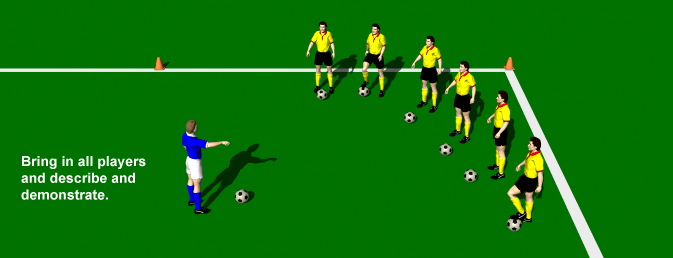 |
| When you are ready to teach your session bring in all players and describe and demonstrate your topic. Be simple and clear. Remember when teaching "a picture tells a thousand words". If you feel uncomfortable demonstrating have one of your better players perform the skill. |
| Step Two: Stand Back and Observe |
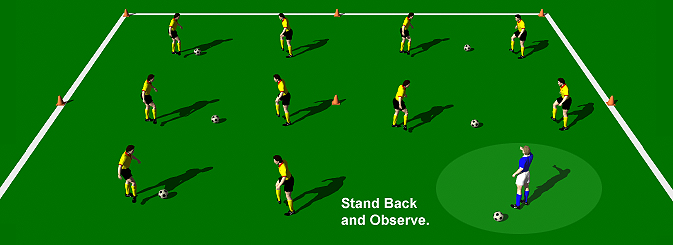 |
a. Your instructions were not clear enough. |
| Step Three: Correct the Mistakes |
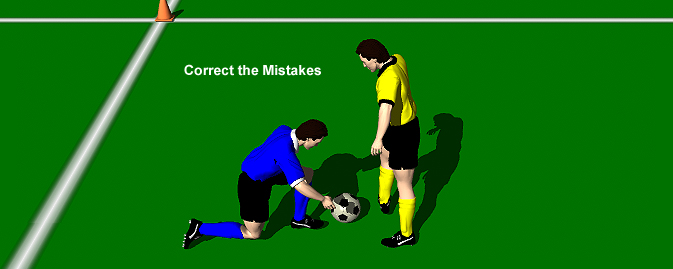 |
| If most of the players are having problems, bring in the entire group and explain and demonstrate. If the task is too much physically for the players, improvise to an easier level. If only a few of the players are having problems, allow the other players to continue practicing while you correct the mistakes of the individuals. |
| Step Four: Progress to the next level |
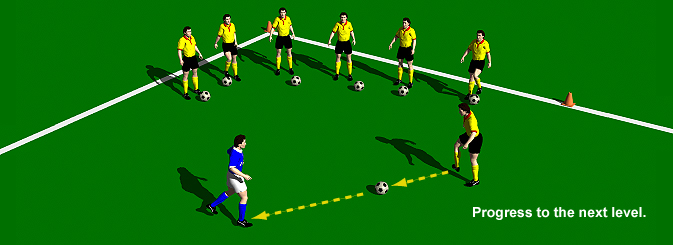 |
|
Be careful to progress at the correct point and not just go through a timed schedule. 50% of your practice time should be spent on quality practices to improve technique. Remember to keep your groups small, whenever possible, one ball each or one ball between two players. |
| Step Five: Relate the Topic to a Game |
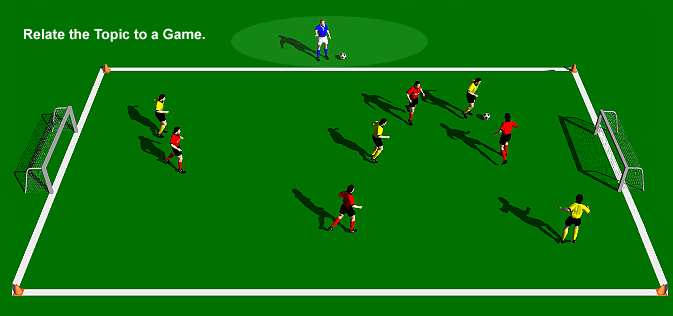 |
| At least half of your practice time should be spent playing small or full-sided games. Emphasis should be place on applying the topic you have practiced in game related situations. Always try to end practice on an exciting tone. Too often players finish practice feeling tired and not looking forward to the next practice. Try to create an atmosphere where when you finish, players actually want to continue playing. Players will look forward to the next practice and anxious to return. |
|
